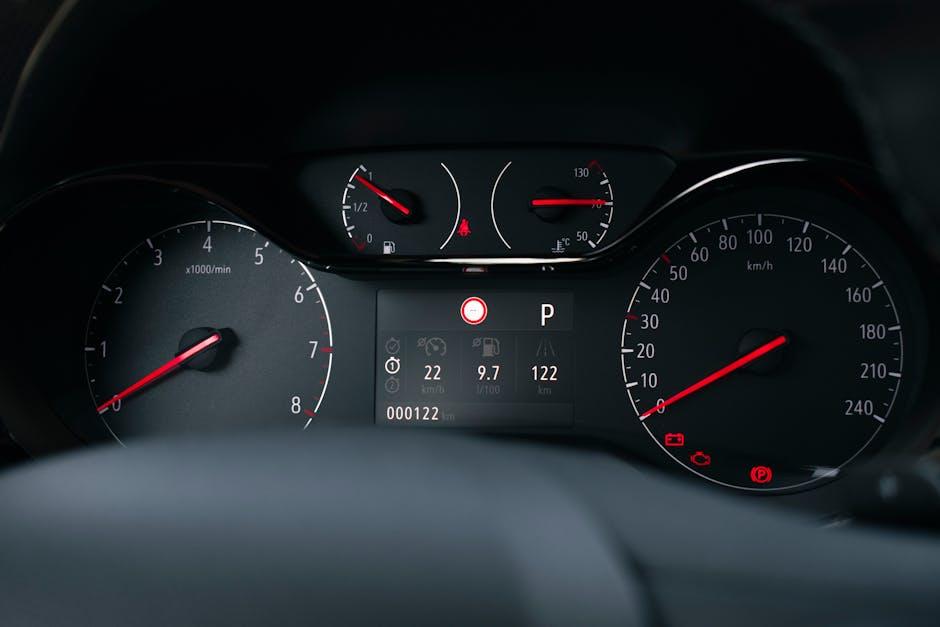Every mile you drive tells a story—a journey taken, a destination reached, an adventure experienced. But behind these countless miles lies a quieter narrative, one about the silent wear and tear happening beneath your car’s metal exterior. Mileage isn’t just a number on your odometer; it’s a key player in the ongoing dance of car maintenance. Understanding how the distance traveled influences the health of your vehicle can empower you to care for your car more effectively, extending its life and ensuring a smoother ride. In this article, we’ll explore the subtle yet significant ways mileage shapes your car’s maintenance needs and why paying attention to those numbers matters more than you might think.
Table of Contents
- Understanding the Relationship Between Mileage and Wear Patterns
- Key Maintenance Tasks to Prioritize as Your Mileage Climbs
- Engine Performance and the Impact of High Mileage
- Transmission Care Strategies for Long-Lasting Reliability
- Tire and Brake Maintenance Tailored to Your Driving Distance
- Scheduling Routine Inspections Based on Mileage Milestones
- Q&A
- Key Takeaways
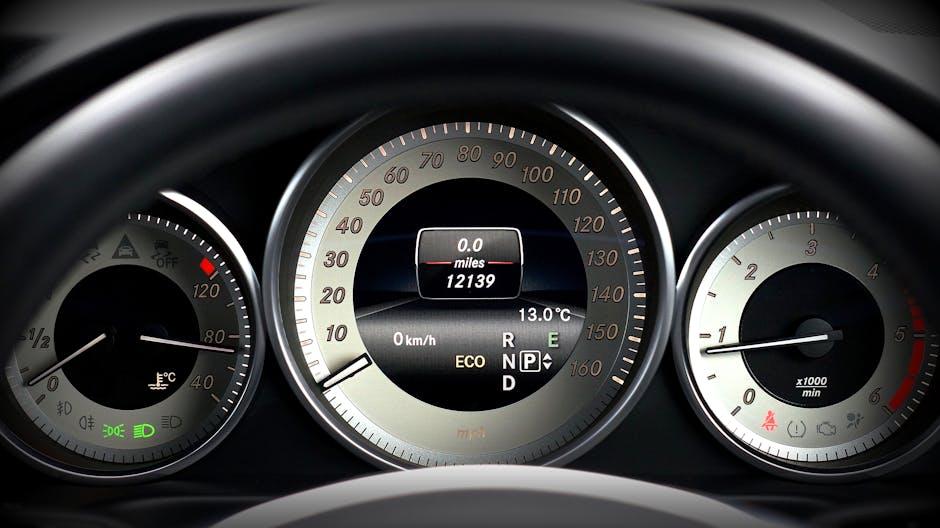
Understanding the Relationship Between Mileage and Wear Patterns
As your vehicle accumulates miles, the way different components wear down starts to reveal distinct patterns. Tires, for example, may show uneven tread wear influenced by mileage combined with driving habits, road conditions, and alignment. Meanwhile, engine parts such as belts and filters undergo gradual deterioration that correlates closely with distance traveled and the quality of maintenance routines. Recognizing these tendencies helps in predicting which parts require timely attention, thus avoiding unexpected breakdowns.
- Short mileage: Often shows early signs of wear primarily on tires, brake pads, and fluids.
- Moderate mileage: Increases stress on suspension components, hoses, and spark plugs.
- High mileage: Accelerates wear on engine internals and transmission parts, necessitating more frequent inspections.
| Mileage Range | Typical Wear Impact | Maintenance Focus |
|---|---|---|
| 0 – 20,000 | Initial tread wear, fluid checks | Regular oil changes, tire rotation |
| 20,000 – 60,000 | Brake pad thinning, belt wear | Brake inspection, belt replacement |
| 60,000+ | Engine and transmission stress | Major service, component overhaul |
Understanding these evolving wear patterns is crucial for tailoring your maintenance schedule effectively. Cars don’t wear out uniformly—some parts deteriorate faster depending on mileage and usage conditions. Prioritizing service based on actual wear trends can extend the life of your vehicle, enhance performance, and prevent costly repairs down the road. Monitoring mileage in relation to these wear markers empowers car owners to make smarter, data-driven maintenance decisions.
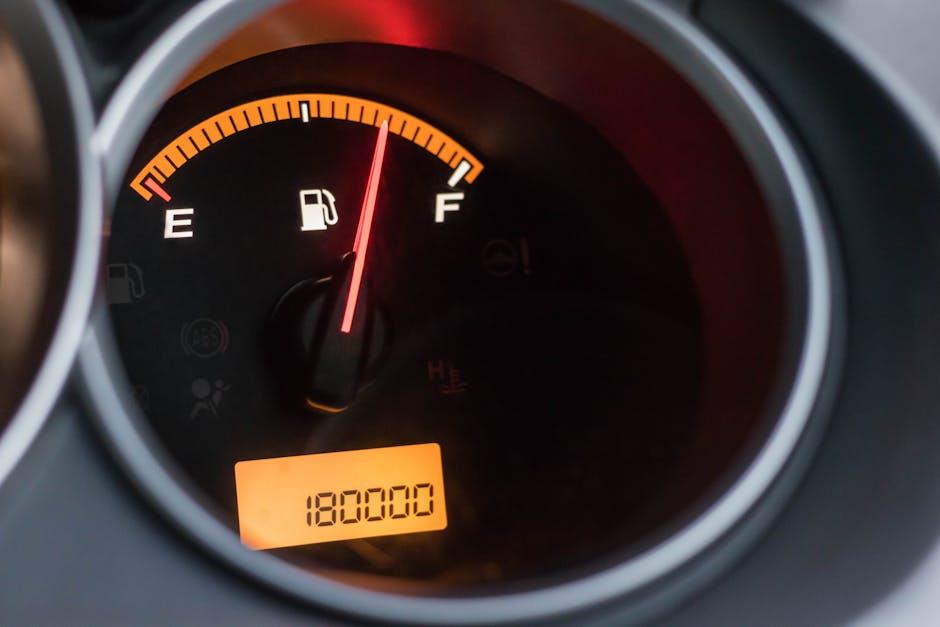
Key Maintenance Tasks to Prioritize as Your Mileage Climbs
As your car racks up the miles, certain components naturally wear down faster, demanding your focused attention to avoid costly repairs. Start by closely monitoring the engine oil and filter, as maintaining clean oil is crucial to protect the engine’s vitality. Additionally, the brake system—comprising pads, rotors, and fluid—should never be overlooked. Ensuring brakes are responsive is not just about performance but safety. Don’t forget the cooling system, either; regular checks on coolant levels and radiator condition prevent overheating when you hit high mileage milestones.
To make maintenance simpler, consider this quick reference for high-mileage vehicle care:
| Component | Suggested Check Interval | Why It Matters |
|---|---|---|
| Timing Belt | Every 60,000-100,000 miles | Prevents engine damage from failure |
| Transmission Fluid | Every 30,000-60,000 miles | Keeps transmission shifting smoothly |
| Suspension | Annually or after 50,000 miles | Maintains ride comfort and control |
| Battery | Every 3-5 years | Ensures reliable starts and electrical function |
Prioritizing these maintenance tasks helps your car maintain peak performance and avoids unexpected breakdowns on long drives. Remember, being proactive with your vehicle’s care as mileage grows is the key to keeping it running smoothly for years to come.

Engine Performance and the Impact of High Mileage
As a vehicle accumulates miles, the engine inevitably undergoes natural wear and tear that affects its overall performance. Internal components such as pistons, rings, and valves start to experience reduced efficiency, leading to a drop in power output and increased fuel consumption. It’s common for engines to develop minor leaks, carbon buildup, and decreased compression, which can cause rough idling or difficulty starting. Regular maintenance at high mileage intervals becomes critical to address these issues proactively by replacing worn parts and ensuring optimal lubrication.
To maintain your car’s engine health as mileage climbs, consider the following key actions:
- Frequent oil changes: Use high-mileage oil formulations designed to protect aging engines.
- Inspect and replace spark plugs: Worn spark plugs can cause misfires and reduce fuel economy.
- Monitor cooling system: Prevent overheating by flushing the coolant and checking for leaks.
- Compression testing: Helps to evaluate engine wear and decide if rebuilding is necessary.
| Engine Condition | Signs | Recommended Service |
|---|---|---|
| Low Compression | Hard starting, loss of power | Compression test, possible rebuild |
| Oil Consumption | Frequent oil top-ups, smoke | Seal/gasket replacement |
| Carbon Buildup | Rough idle, knocking noise | Fuel system cleaning |

Transmission Care Strategies for Long-Lasting Reliability
Proper transmission care goes beyond routine checks; it requires a tailored approach as your vehicle’s mileage climbs. High mileage can introduce wear on internal components, which demands meticulous attention to fluid quality and change intervals. Using the right type of transmission fluid and replacing it at recommended milestones can dramatically extend the life of your gearbox. Avoiding aggressive driving habits and ensuring the transmission system isn’t overloaded are subtle yet impactful ways to protect vital parts from premature degradation.
To maintain peak performance, consider integrating these smart practices into your maintenance routine:
- Consistent Fluid Inspections: Identify contamination early before it affects shifting performance.
- Periodic Filter Replacements: Clean filters keep your fluid flowing freely and prevent clogging.
- Utilize Manufacturer-Approved Fluids: Ensure compatibility for optimal lubrication.
- Address Minor Leaks Promptly: Prevent fluid loss that could lead to overheating.
| Mileage Range | Transmission Checkpoints | Recommended Fluid Change |
|---|---|---|
| 0-50,000 miles | Routine fluid and filter inspection | Every 30,000 miles |
| 50,001-100,000 miles | Inspect seals and clutch operation | Every 20,000 miles |
| 100,001+ miles | Comprehensive transmission system review | Every 15,000 miles |
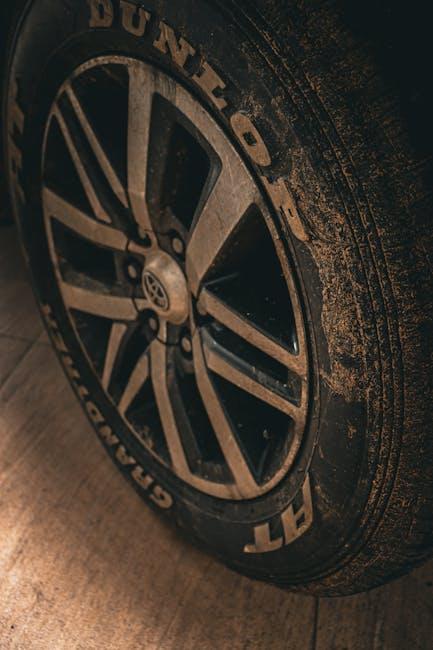
Tire and Brake Maintenance Tailored to Your Driving Distance
Every mile you drive gradually impacts the efficiency of your tires and brakes, making personalized care essential. For low-mileage drivers, tire pressure checks and brake inspections ensure safety without unnecessary replacements. Conversely, high-mileage drivers face accelerated tread wear and brake pad thinning, demanding more frequent rotations and fluid replacements to maintain optimal performance. Adjusting maintenance routines according to your driving distance helps extend component life and prevents unexpected breakdowns.
Consider the following guidelines to align your tire and brake care with how much you drive:
- Under 10,000 miles/year: Inspect tires quarterly and brakes bi-annually.
- 10,000 – 20,000 miles/year: Rotate tires every 5,000 miles and check brakes every 10,000 miles.
- Over 20,000 miles/year: Perform tire rotations every 3,000-4,000 miles and brake inspections every 5,000 miles.
| Mileage Range | Tire Rotation | Brake Inspection |
|---|---|---|
| Less than 10,000 miles | Every 7,500 miles | Every 6 months |
| 10,000 – 20,000 miles | Every 5,000 miles | Every 10,000 miles |
| Above 20,000 miles | Every 3,500 miles | Every 5,000 miles |
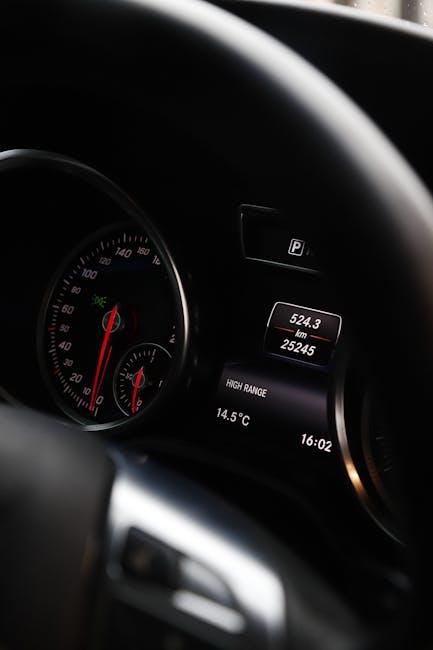
Scheduling Routine Inspections Based on Mileage Milestones
Every car has its unique rhythm when it comes to maintenance needs, and your mileage acts as the metronome guiding these critical checks. As your odometer spins past certain milestones—say, 10,000, 30,000, or 60,000 miles—a routine inspection becomes essential to catch wear and tear before it turns into costly repairs. These inspections are carefully tailored to address the parts most susceptible to mileage-related degradation, ensuring your vehicle continues to perform at its peak.
Map out your inspection strategy with a clear understanding of what each mileage milestone means for your car’s health. Here’s a quick overview of vital inspections based on mileage:
- 10,000 miles: Oil and filter changes, tire rotation, brake system check
- 30,000 miles: Transmission and coolant system inspection, spark plug replacement
- 60,000 miles: Timing belt replacement, comprehensive suspension evaluation
| Mileage Milestone | Key Inspection Focus | Recommended Service |
|---|---|---|
| 10,000 | Engine & Tires | Oil change, Tire rotation |
| 30,000 | Transmission & Cooling | Fluid replacement, Spark plugs |
| 60,000 | Belts & Suspension | Timing belt, Suspension check |
Q&A
Q: How does mileage influence the overall maintenance needs of a car?
A: Mileage is like the odometer on your car’s wear and tear—it directly correlates with how much your vehicle’s components have been used. As mileage climbs, parts naturally experience more stress and wear, meaning routine maintenance tasks like oil changes, brake inspections, and tire rotations become critical to keep your car running smoothly.
Q: At what mileage should I start expecting more frequent or extensive maintenance?
A: While every car is different, many experts suggest that once your vehicle hits around 60,000 miles, maintenance often shifts from simple tune-ups to more comprehensive checkups. This is when components such as timing belts, water pumps, and suspension parts might require inspection or replacement to prevent breakdowns.
Q: Does higher mileage automatically mean my car is less reliable?
A: Not necessarily. Reliability heavily depends on how well the car has been maintained over time. A high-mileage car that’s regularly serviced and cared for can often outperform a lower-mileage vehicle that’s been neglected. Proper maintenance is the mileage multiplier—good care slows down the clock on your car’s aging.
Q: How does mileage affect the value of my car?
A: Mileage is one of the biggest factors buyers consider because it reflects a car’s remaining lifespan. Typically, higher mileage lowers resale value, but cars known for durability and backed by thorough maintenance histories can retain value better than average.
Q: Are there specific parts that wear out faster as mileage increases?
A: Yes, components like brake pads, tires, battery, spark plugs, and fluids often need more frequent attention as mileage grows. Additionally, major systems such as the transmission and engine may require servicing or repairs at higher mileage intervals to prolong the vehicle’s life.
Q: Can regular maintenance extend the lifespan of a high-mileage car?
A: Absolutely. Think of maintenance as your car’s health regimen. Regular oil changes, fluid flushes, filter replacements, and timely repairs can stave off costly breakdowns and help your car go the extra mile — and then some.
Q: How can I adjust my maintenance schedule based on my car’s mileage?
A: It’s best to consult your vehicle’s owner’s manual, which provides mileage-based maintenance recommendations. As your car ages and amasses miles, consider shortening service intervals and staying vigilant for any unusual noises or performance dips.
Q: Does driving style affect how mileage impacts maintenance?
A: Definitely. Aggressive driving with hard acceleration and braking can accelerate wear, meaning mileage alone doesn’t tell the full story. Gentle driving habits combined with consistent maintenance are the secret ingredients to a longer-lasting vehicle.
Key Takeaways
In the journey of car ownership, mileage acts as a silent storyteller, revealing the wear and wisdom hidden beneath your vehicle’s surface. Understanding how those miles shape your maintenance needs isn’t just about keeping your car running—it’s about honoring the path you’ve traveled and preparing for the roads ahead. By tuning into the subtle signals of mileage, you empower yourself to care for your car with insight and foresight, ensuring that every mile remains a smooth and rewarding ride. After all, in the relationship between mileage and maintenance, knowledge is the key to longevity.
